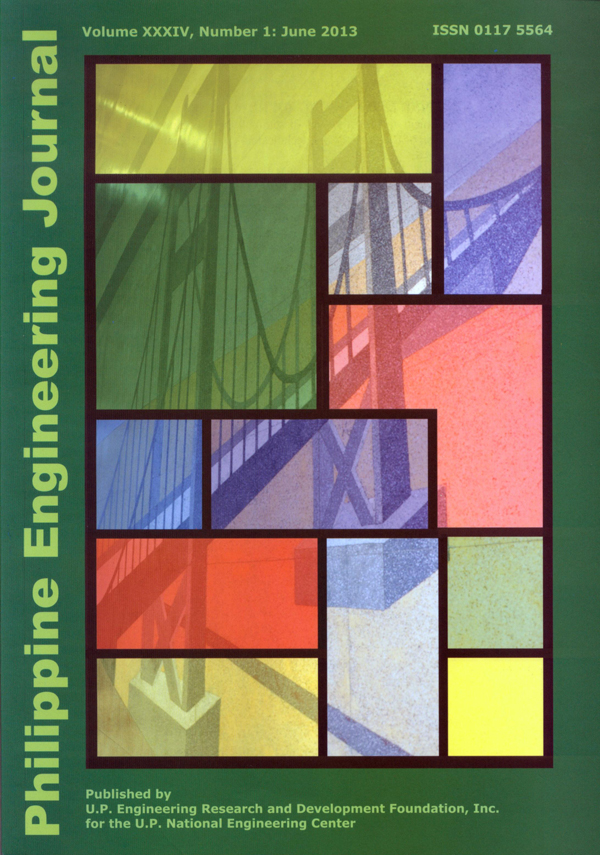ESTIMATING HYDROCOMPRESSION SETTLEMENT OF MINE TAILINGS
Abstract
The disposal of the enormous amounts of tailings regularly produced from mining operations is the most common environmental issue associated with mining activities. Tailing dam as storage facility plays an important role in the waste management of mining industries but failure of this structure, while the mine tailings are still in slurry form, can result in a debris flow that poses a serious threat to life, property and the environment. It is therefore important to reduce the volume of tailings so that the risk to the exposed population and the environment can be reduced. One possible option is to utilize tailings that do not contain hazardous chemical substances as backfill or as embankment materials in the construction of tailing dams. To evaluate its applicability as construction materials, geotechnical characteristics of tailings need to be established. This study was conducted to determine the geotechnical characteristics of mine tailings from concrete aggregate quarry in Cavite and gold mine sites in Davao and Masbate. Standard ASTM procedures are performed to obtain the physical characteristics such as grain size distribution, Atterberg Limits, specific gravity, minimum and maximum index densities and compaction behavior. Results indicate that the tailing samples are non-plastic and considered as fine-grained consisting of fine sands and silts. Compaction tests show that the moisture versus unit weight relationship is characterized by a concave downward curve with the optimum water content ranging between 13% to 17%, with a maximum dry density ranging from 15.6 kN/m3 to 17.7 kN/m3. Microfabric analyses performed using electron microscopy show a microstructure that is granular with some flaky particles. Oedometer tests were conducted to obtain the consolidation parameters and stress-strain behavior of tailings under vertical loads. Based from the values of consolidation parameters, tailings are classified as slightly compressible. Gold mine tailings from Davao were shown to be 40% more compressible than aggregate tailings and gold tailings from Masbate. The hydrocompression settlement of tailings was also investigated, and a new procedure for determining the hydrocompression strain was proposed. The procedure is appropriate for use even with samples that do not exhibit secondary compression. Tests results revealed that tailings are only slightly susceptible to hydrocompression. Based on the experimental data obtained, polynomial relationships were developed to estimate the hydrocompression settlement as a function of vertical stress.
Keywords: mine tailings, geotechnical characteristics, microfabric structure, consolidation parameters, hydrocompression settlement


